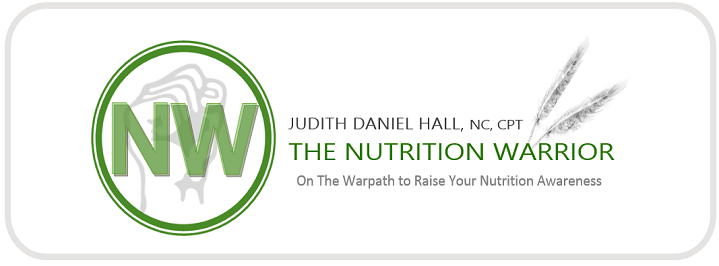It’s no groundbreaking
news that obesity is on the rise in our country. Between 1986 and 2006 (20 years) the number
of deaths due to excess body fat was 18%.
As this becomes more of a trend, that number will increase, lowering
life expectancy for the first time in two generations. Today’s generation will be the first
generation EVER to have a shorter life span than their parents.
Even though so many
factors are to blame on this phenomenon, portion sizes are definitely one of
the culprits. Some of today’s restaurant
portions are really family sized portions, big enough to serve four
people. Imagine the uproar created if a
party of four were to go into a restaurant, order one entrée and inform the
server that they need it split four ways---talk about anarchy!
But the single most
blatant factor in this dismal obesity epidemic is the prevalence of what I call
soda-addiction in our society. Go
anywhere and everywhere, and you are bombarded with advertisements, marketing campaigns
and endorsements for soda. Cheap soda,
diet soda, “healthy” soda, soda in different languages…you name it, it’s
everywhere. For something that is so
mainstream yet so damaging to our health, you would think that there would be
widespread understanding of not only its damaging implications to our health,
but its calorie content alone as a factor in unwanted pounds. Unfortunately, what you won’t find in those
who are “soda-addicted” is common sense.
I mean, I’ve seen
overweight children in 7-Elevens filling up their Big Gulps. Or how about the co-worker who declares that
she’s “on a diet”, yet arrives every morning to work with a 44-ounce cup filled
with soda. Surely these people are not
enjoying great health, and in addition,
these are the people who believe that what they are eating is
making them overweight!
Take a look at these
numbers:
·
A “Double-Gulp”
is 64 ounces (that’s a half gallon, folks)
and contains 744 calories
·
An “Extreme Gulp”
is 52 ounces and contains 585 calories
·
A “Super Gulp”
is 44 ounces and contains 510 calories
·
A “Big Gulp” is
32 ounces and contains 365 calories
·
A 20 ounce bottle
of soda contains 240 calories
·
A 16 ounce bottle
of soda contains 200 calories
·
A 12 ounce bottle
of soda contains 140 calories
Wow! A “Double Gulp” gives you almost a half a day’s
worth of calories!
Seriously, why would
anyone willingly want to do that kind of damage to their body on a regular
basis? Where’s the common sense in
it? Sadly, there is none. Instead, there is only ignorance. I mean, who really believes that they can
consume that many calories on top of their regular/food calories and NOT GAIN
WEIGHT? What I believe is true is that a
huge majority of people do not even believe that drinks have calories at all;
that they are “safe” because, well, it’s a drink.
Newsflash! With the exception of water, ALL DRINKS HAVE
CALORIES!! Your body is made up of over
60% water –that’s more than half. It
needs water to function, not soda.
So, Ditch the Soda! It’s that simple, and one of the best health
improvements you can make. And if you
use the examples set forth above, eliminating just one of those drinks daily
will save you almost the equivalent of a pound’s worth of calories in just one
week.
I bet you can smell the
pounds coming of now. Or is that the
soda you’re smelling?
Judith
"Planting your nutrition seed for the day."








